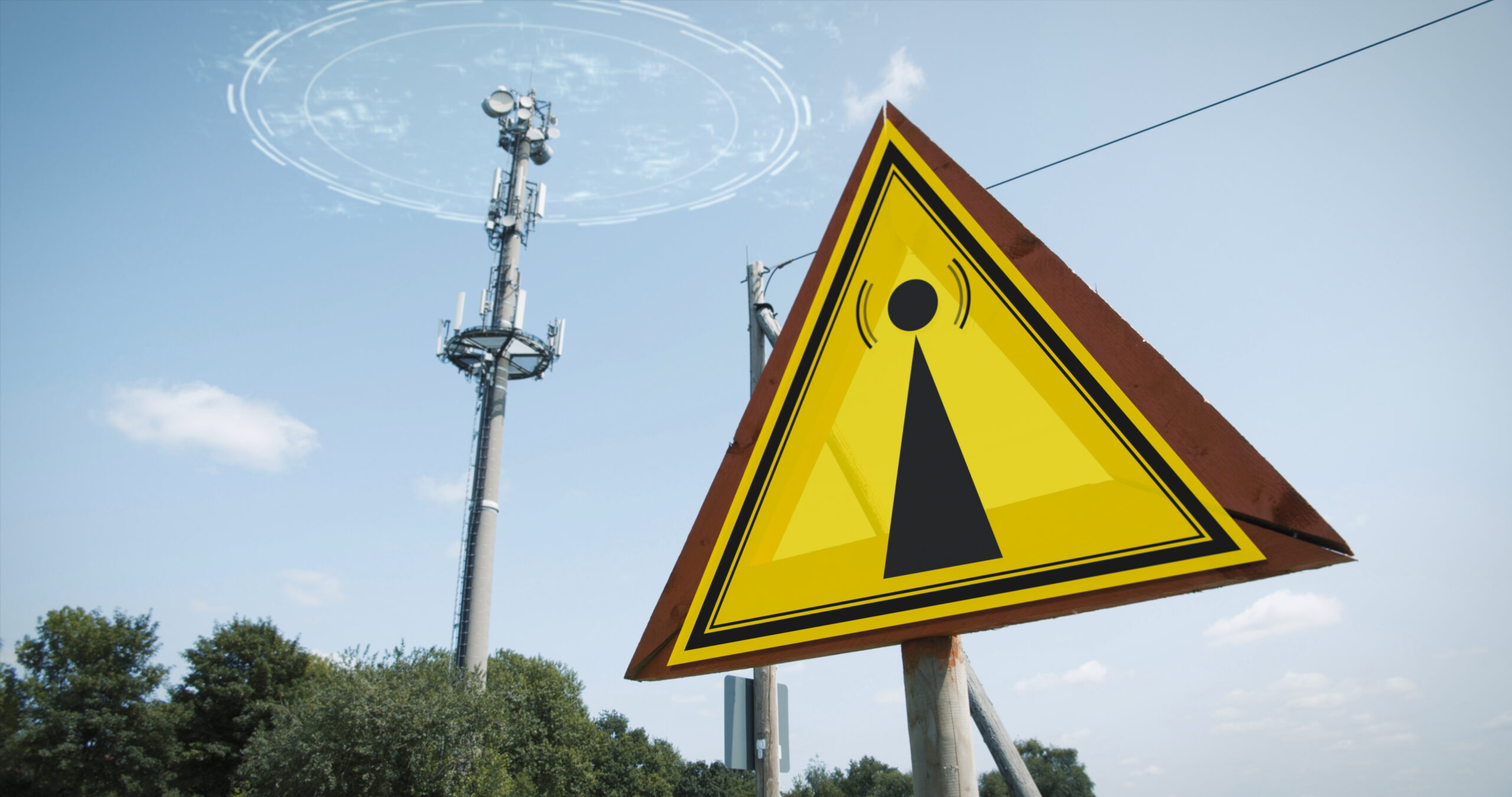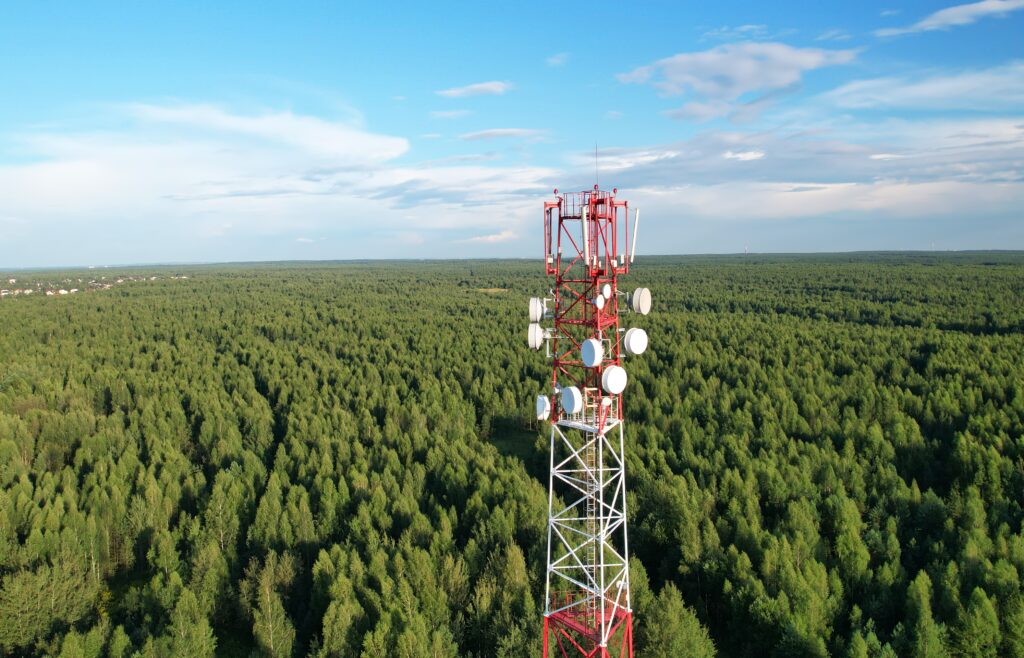Extreme Levels of Damage Has Been Discovered on Trees Near Cell Phone Towers

We live in an age of invisible power—signals, frequencies, and networks humming all around us, connecting everything from our phones to our homes. The rise of wireless technology has brought undeniable convenience and connectivity. But in the rush to stay plugged in, are we overlooking the quiet consequences? Beneath the surface of our fast-paced world, something unusual is happening to the most grounded beings among us: the trees. These ancient, rooted life forms—silent, patient, and ever-present—are showing signs of distress, especially near the very towers that power our digital lives.
This isn’t about fear. It’s about attention. It’s about asking the deeper questions we often skip in our race toward progress. What if the cost of our convenience isn’t just in data plans or devices—but in the subtle erosion of life around us? What if the same signals that keep us online are quietly harming the natural world that sustains us?
A Warning from the Roots

Nature has its own way of sending signals, and sometimes, the most profound warnings come from the humblest of sources. In this case, the messenger was the common onion. In a pivotal 2010 study titled “Cytogenetic effects of radiofrequency radiation on root meristem cells of Allium cepa,” scientists turned to plant life to serve as a living sensor for the effects of our wireless world. They wanted to see what happens at a cellular level when a living organism is exposed to the radiofrequency radiation emitted by mobile phones.
What they found was a clear and sobering message. The term “cytogenetic effects” might sound complex, but it simply means damage to a cell’s genetic machinery—its chromosomes. The radiation was observed to interfere with the normal process of cell division (mitosis).

More alarmingly, it caused visible abnormalities in the chromosomes themselves, such as breakages and fragments. In scientific terms, the radiation was acting as a genotoxic agent—something that is toxic or damaging to the genetic material within a cell.
Think of it this way: the rapidly growing root tips of the onion acted like a sensitive film, developing a picture of cellular stress that was previously invisible. These plants, these silent sentinels standing guard in our environment, were showing clear signs of physiological distress. They were telling us that even if we can’t see, hear, or feel these signals, on a microscopic level, they are powerful enough to disrupt the very blueprint of life. This isn’t speculation; it’s a biological warning written in the cells of the natural world.
Is EMF Radiation a Human Health Concern?

It’s one thing to see the impact on a plant, but the question that echoes in all our minds is: What about us? If these invisible fields are strong enough to damage the cells of an onion, could they be affecting our own? This is where the conversation gets more complex, moving from the lab to our daily lives.
The science of electromagnetic fields (EMFs) draws a critical line between two types of radiation. There’s high-frequency ionizing radiation, like X-rays and gamma rays, which have enough energy to break chemical bonds and are known to cause cancer. Then there’s non-ionizing radiation, the lower-frequency fields emitted by cell phones, Wi-Fi routers, and power lines. For decades, the general consensus has been that non-ionizing EMFs are too weak to cause this kind of direct damage.
But the warning from the natural world asks us to look deeper. In 2011, the World Health Organization’s International Agency for Research on Cancer (IARC) did just that. After reviewing the available evidence, they classified radiofrequency radiation—the kind from our cell phones—as a “Group 2B: possibly carcinogenic to humans.” This doesn’t mean that phones cause cancer. But it does mean that we can’t say for sure that they don’t. It’s an official acknowledgment of uncertainty, a scientific flag raised to say, “We need to pay more attention to this.” The question is no longer just about whether these fields can cause immediate harm, but whether a lifetime of low-level exposure could have consequences we haven’t yet fully understood. The trees have sent their signal; the question now is, are we listening?
Building a Healthier Digital Life

While the scientific community debates the physical risks, the impact of technology on our mental and emotional well-being is undeniable. The following habits are not just about managing invisible signals; they are proven, practical ways to reclaim your focus, improve your sleep, and build a more intentional relationship with your devices.
- Create mental space through physical space: The closer your phone is, the more of your attention it commands. Creating physical distance is a powerful way to create mental freedom. Keep your phone out of sight during meals or conversations, and establish tech-free zones in your home, especially the bedroom. This reduces the constant, low-level anxiety of being “on-call” and allows your brain to fully disengage and rest.
- Protect your sleep and reclaim your time: The blue light from screens is well-documented to interfere with the production of melatonin, the hormone that regulates sleep. Turning off your Wi-Fi and putting devices in airplane mode an hour before bed is not just about reducing signals; it’s a critical part of sleep hygiene. This simple routine tells your brain it’s time to wind down, leading to deeper, more restorative sleep.
- Practice intentional connection: Instead of letting your phone be a default for every spare moment, use it with purpose. Choose to connect, rather than just consume. This means resisting the urge to scroll in transitional moments—like waiting in line or riding in an elevator—and instead, taking a moment to be present. This practice strengthens your “focus muscle” and reduces the compulsive need to check for notifications.
These aren’t acts of fear, but acts of empowerment. They are about consciously deciding how, when, and where technology fits into your life.
The Cost of Constant Connection: Is It Rewiring Us?

While scientists debate the physical effects of EMFs, there’s another, more immediate impact of our wireless world that we can all feel: the effect on our minds. The cost of constant connection isn’t just biological; it’s psychological. The same signals that connect our devices are also rewiring our brains, creating a new kind of environmental stressor.
Every notification, every buzz, every endless scroll is a tiny hit of dopamine, a reward that keeps us coming back for more. This creates a powerful feedback loop that can lead to digital addiction, where the urge to check our devices becomes a compulsion. This isn’t a failure of willpower; it’s a feature of the system. Our attention has become the product, and we are paying for it with our peace of mind.
This constant state of distraction erodes our ability to focus, to think deeply, and to simply be present. We trade moments of quiet reflection for a stream of shallow information, and in the process, we lose a vital part of ourselves. This mental and emotional cost is not as easy to measure as a damaged cell, but it is just as real. It’s a reminder that managing our relationship with technology isn’t just about physical health; it’s about reclaiming our most precious resource: our attention.
Listening to Nature in a Wireless World

We began with a warning from the trees, and we end with a choice that rests with us. The story of our wireless world is a story of connection, but it reveals two kinds. The first is the one we designed: the invisible network of signals that links our devices. The second is the one we’ve always had, but are at risk of forgetting: the deep, biological connection between ourselves and the natural world. For the first time in history, the environment we’ve created is talking back, and we are just beginning to understand its language.
This is not a call to abandon technology. It’s a call to elevate our relationship with it. It’s an invitation to move from being passive consumers of the signal to becoming conscious architects of our digital lives. The simple act of putting your phone down, of turning off the router, of choosing a wired connection—these are not acts of fear. They are acts of awareness. They are a declaration that your well-being, and the health of the world around you, is worth more than the convenience of a constant connection.
Look up from your screen. The world is humming with a different kind of frequency. It’s in the rustle of leaves, the feel of the sun, the presence of the quiet, resilient trees that share our planet. Perhaps the greatest lesson they can teach us is that true connection doesn’t require a signal. It requires our presence. Let’s be present enough to listen.
Source:
- Haggerty, K. (2010b). Adverse influence of radio frequency background on trembling aspen seedlings: preliminary observations. International Journal of Forestry Research, 2010, 1–7. https://doi.org/10.1155/2010/836278
Loading...

